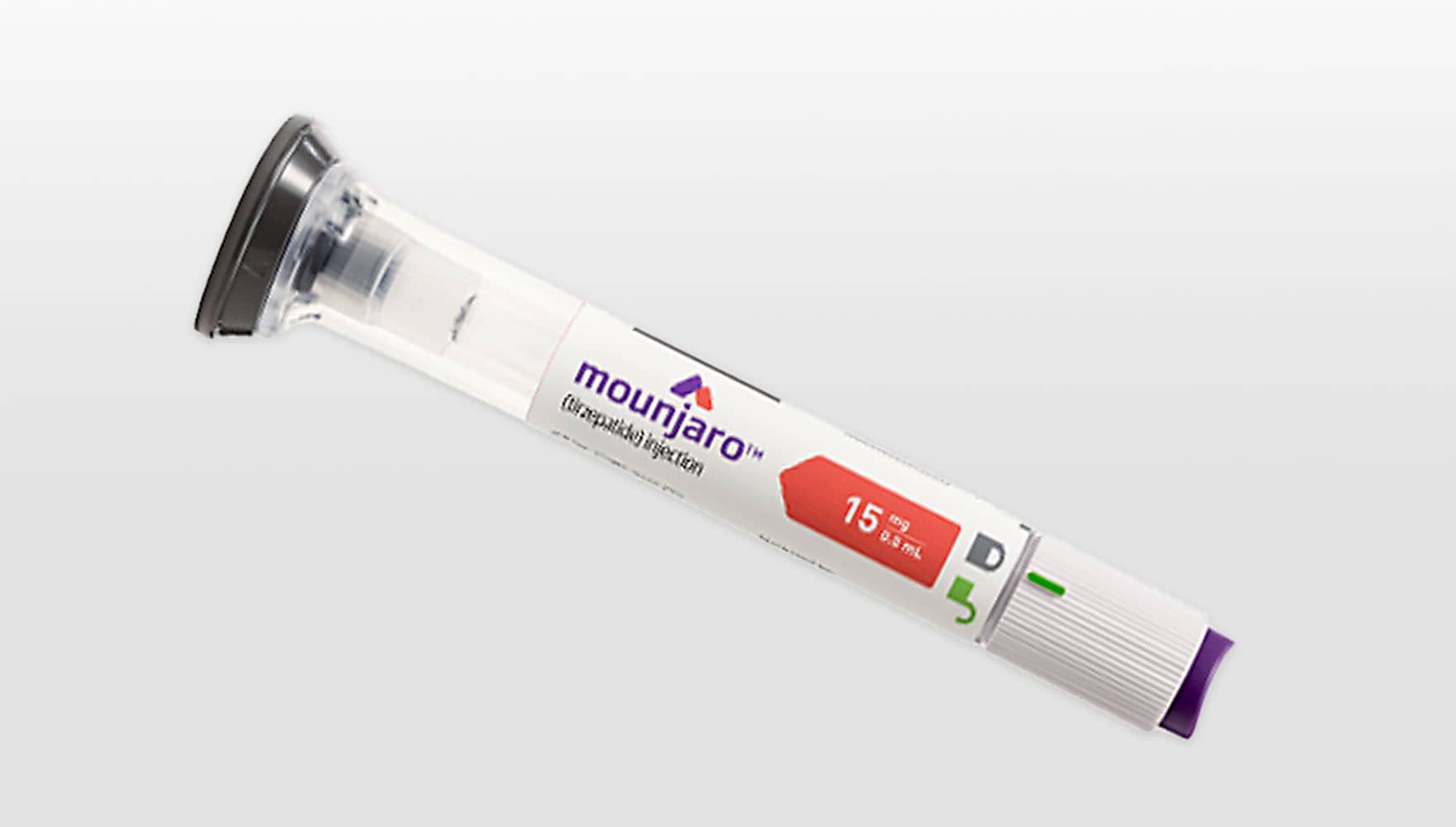For decades, Body Mass Index (BMI) has been used as a simple method for assessing an individual's health based on their weight and height. It is commonly used by healthcare providers, insurance companies, and researchers to classify individuals as underweight, normal weight, overweight, or obese. In recent years, the validity of the BMI has been questioned as a reliable measure of health.
In this blog, we will explore the pros and cons of BMI, what research reveals about its effectiveness, and whether it’s an accurate tool for measuring body weight and overall health.
What is Body Mass Index (BMI)?
BMI is a numerical value calculated from an individual’s height and weight. It is calculated by dividing a person’s weight (in kilograms) by the square of their height (in meters). The resulting value is used to categorize individuals into different weight ranges that are associated with potential health risks. Here’s how BMI is classified:
- Underweight: BMI less than 18.5
- Normal weight: BMI between 18.5 and 24.9
- Overweight: BMI between 25 and 29.9
- Obese: BMI of 30 or higher
Despite its widespread use, BMI does not account for variations in body composition, meaning that individuals with different proportions of muscle mass and fat can have the same BMI but vastly different health statuses.
How to Calculate BMI
Calculating BMI is relatively simple. Healthcare providers calculate BMI by using weight in kilograms (kg) divided by the square of height in meters (m2).
Though this method is widely used due to its simplicity, it fails to differentiate between different types of body weight—such as fat and muscle mass—which is a key point of concern when it comes to its accuracy.
Why BMI is Not the Right Tool to Calculate Obesity
One of the primary limitations of BMI is its inability to distinguish between muscle mass and fat. Muscle weighs more than fat, which means that individuals with a higher proportion of muscle (e.g., athletes or bodybuilders) may have a high BMI but still be in excellent health. In contrast, someone with a lower muscle mass but higher body fat percentage could have a normal BMI but be at a higher health risk of conditions like heart disease or diabetes.
The Problem with Obesity Classification
BMI is often used to diagnose obesity, but its one-size-fits-all approach doesn’t take into account the fact that not all excess body weight is fat. For example:
Athletes: Bodybuilders or athletes who have high muscle mass may have a BMI that classifies them as overweight or even obese, but their body fat percentage may be very low, and they may have optimal health markers, including a low health risk for heart disease.
Seniors: Older adults tend to lose muscle mass as they age, which can result in a higher percentage of body fat, even if their weight is stable. According to BMI standards, this could classify them as overweight or obese, even though they may have a relatively healthy fat distribution and a low risk of heart disease.
People with low muscle mass: Conversely, individuals with low muscle mass may have a “normal” BMI but may still have a high body fat percentage, which could put them at a health risk for heart disease and other chronic conditions associated with excess fat.
Lack of Consideration for Fat Distribution
BMI also fails to consider where fat is distributed in the body, which is a critical factor in assessing health risks. Research has shown that visceral fat, the fat that surrounds internal organs, is far more dangerous than subcutaneous fat, the fat stored just beneath the skin. Even individuals with a normal BMI can have dangerous levels of visceral fat, which increases their health risk for chronic conditions like heart disease, diabetes, and high blood pressure.
The Limitations of BMI in Predicting Health
Yes, BMI can provide some indication of a person’s risk for certain health conditions. However, it is far from a comprehensive measure of health. Research indicates several shortcomings in BMI as a health metric:
- Doesn’t account for age, sex, and ethnicity: BMI classifications do not take into account differences in body composition that occur due to age, gender, or ethnicity. For example, women generally have a higher body fat percentage than men, but BMI does not adjust for this.
- Doesn’t measure body fat percentage: The most accurate measure of health involves knowing how much of a person’s weight is fat versus lean mass (muscles, bones, organs). Unfortunately, BMI does not provide this distinction, which can be crucial in understanding a person’s true health risk for conditions like heart disease.
- Doesn’t account for fitness level: Someone who is fit with a lot of muscle mass can have a high BMI but still be in excellent physical condition. BMI cannot capture the nuances of fitness level or physical health.
Alternative Methods for Assessing Health
Given the limitations of BMI, there are several other methods that can provide more accurate information about an individual’s health:
- Body Fat Percentage: This method directly measures the percentage of your body that is made up of fat. Body fat percentage can be measured using calipers, bioelectrical impedance, or dual-energy X-ray absorptiometry (DXA).
- Waist-to-Hip Ratio (WHR): This measurement takes into account the distribution of fat in the body. It is considered a better predictor of health risks than BMI, as it indicates how much fat is stored in the abdominal area. A higher waist-to-hip ratio is associated with a higher risk of heart disease and other chronic conditions.
- Waist-to-Height Ratio: This ratio has gained popularity as a simple and effective way to assess health. It is believed to be a better predictor of obesity-related health risks than BMI, especially for people with higher muscle mass.
- Skinfold Measurements: These are used to estimate total body fat by measuring the thickness of skinfolds at various points on the body. This method can be useful for monitoring body fat changes over time, though it requires expertise for accuracy.
- Bioelectrical Impedance Analysis (BIA): BIA measures the resistance of electrical flow through the body to estimate fat mass, lean body mass, and water content. While this method can be effective, its accuracy can be influenced by hydration levels.
When BMI Can Be Useful
Despite its limitations, BMI still serves as a useful screening tool in many cases, especially for large populations. It’s quick, easy, and inexpensive to calculate. In healthcare settings, BMI can be used as a starting point to identify individuals who may need further testing or intervention. It can also help in tracking trends in body weight and identifying public health concerns related to obesity.
However, BMI should not be the sole determinant of health. It’s important to use additional measures like body fat percentage, waist-to-hip ratio, and fitness assessments to get a clearer picture of a person’s overall health
Conclusion
Body Mass Index (BMI) can be a helpful tool for quickly categorizing body weight in relation to height, but it has significant drawbacks when it comes to accurately assessing an individual’s health. BMI fails to account for differences in muscle mass, fat distribution, and other important factors that can affect a person’s overall well-being. For a more complete understanding of health, it is essential to consider alternative measurements, such as body fat percentage, waist-to-hip ratio, and other methods that give a more accurate picture of a person’s body composition.
In the end, BMI should be used as a starting point, but it should never be the sole determinant of health. Healthy weight and body composition depend on a variety of factors, and the best way to measure health is through a combination of factors, including regular physical activity, a balanced diet, and proper health screenings.
By understanding both the strengths and limitations of BMI, individuals can make more informed decisions about their health and take a more holistic approach to achieving and maintaining optimal wellness.













































